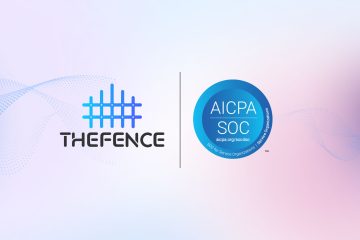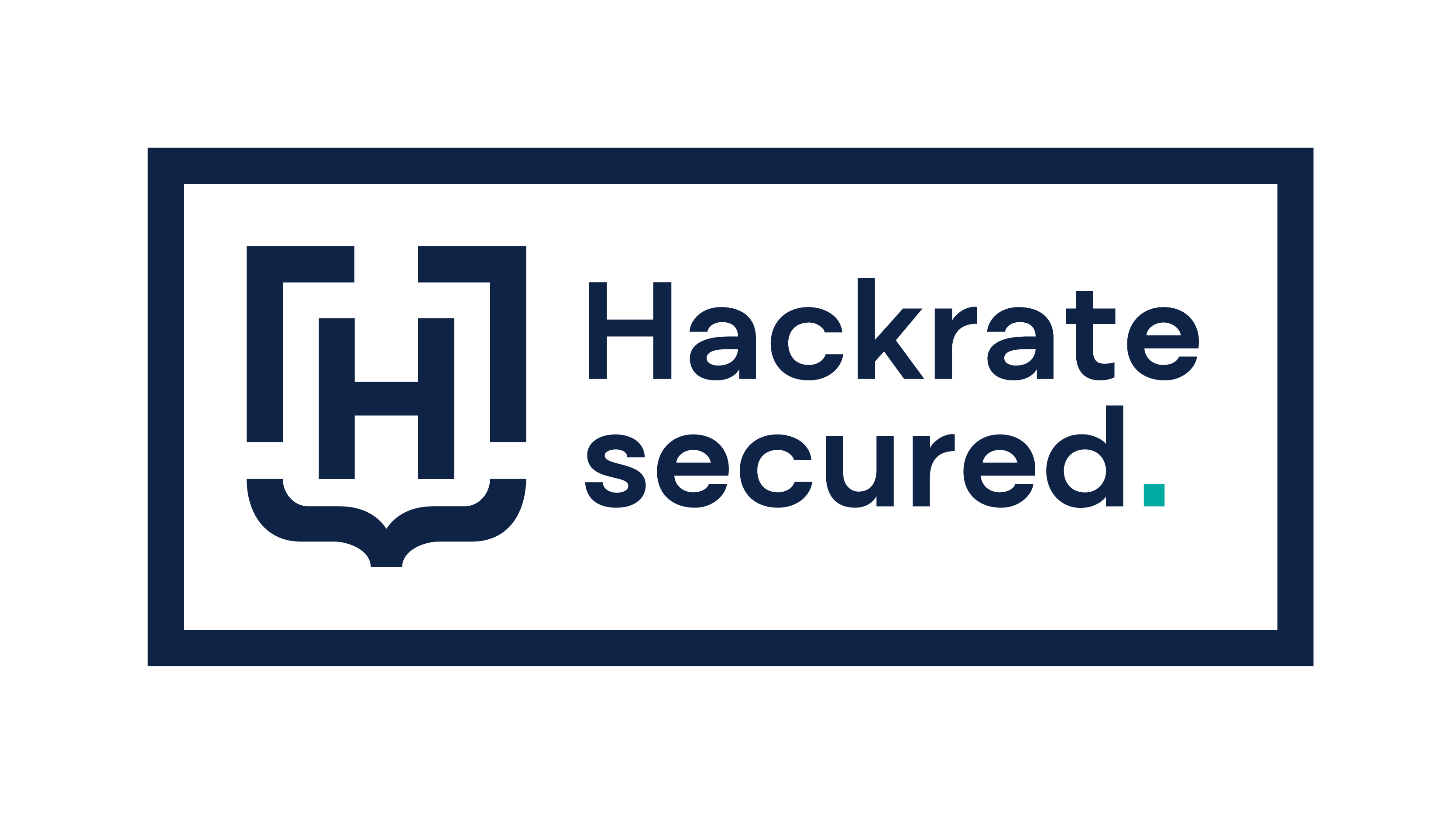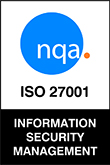SAP is critical to the operations of many organizations, managing everything from financials to human resources. However, with great power comes great responsibility, and the complexity of SAP environments often leads to significant access risks. In this blog post, we will explore SAP Access risks, why they are critical, the common types of these risks, their impact on organizations, and how to mitigate them effectively.
What are SAP access risks?
SAP Access risks refer to the potential identity vulnerabilities and threats associated with user permissions and access rights within an SAP environment. These risks arise when users have excessive or inappropriate access to SAP systems, leading to unauthorized activities, data breaches, and compliance violations.
Why are SAP Access risks important?
Managing SAP Access risks is crucial for several reasons:
- Security: Uncontrolled access can result in unauthorized data manipulation, fraud, and leaks.
- Compliance: Regulatory standards such as GDPR, SOX,DORA and HIPAA require strict access controls to protect sensitive data.
- Operational Integrity: Excessive access can lead to operational disruptions and errors in business processes.
- Reputation: Data breaches and non-compliance can severely damage an organization’s reputation and customer trust.
Common types of SAP access risks
- Excessive Access Rights: Over time, employees can accumulate a combination of high privileges and conflicting permissions. This “toxic” combination increases the risk of internal fraud and data breaches.
- Compliance Complexity: Meeting regulatory requirements for segregation of duties (SoD) and least privilege (PoLP) is challenging without automated analysis and timely reporting, potentially leading to hefty fines and reputational damage.
- Inactive User Accounts: Dormant accounts pose a security threat as malicious actors can exploit them to gain unauthorized access.
- Lack of Visibility and Control: Manual and siloed approaches to access management make it difficult to gain a holistic view of access risks, leading to delayed and inefficient remediation efforts.
Impact of SAP access risks on organizations
The consequences of failing to manage SAP Access risks can be severe:
- Internal Fraud: Employees with excessive access can manipulate data for personal gain, leading to financial losses.
- Data Breaches: Unauthorized access to sensitive information can result in data leaks, impacting privacy and security.
- Compliance Violations: Non-compliance with regulatory requirements can lead to hefty fines and legal penalties.
- Operational Disruptions: Improper access management can disrupt business processes and result in operational inefficiencies.
- Reputational Damage: Data breaches and compliance issues can erode customer trust and damage an organization’s reputation.
How to Mitigate SAP Access Risks
- Automated Risk Assessment:
Implementing automated tools like TheFence’s SAP Access Risk Heatmap can help organizations analyze user and access rights data at a deep level, uncovering hidden identity vulnerabilities that traditional solutions might miss. - Risk Visualization & Prioritization:
Use intuitive heatmaps and detailed reports to visualize the access risk landscape. This allows you to focus on the most critical areas and prioritize remediation efforts effectively. - Customizable Reporting:
Tailored reports provide granular insights for different stakeholders, including actionable recommendations for immediate remediation, which enhance decision-making and streamline compliance. - Expert Guidance:
Collaborating with SAP security experts ensures you have the necessary support for effective risk management and compliance. - Regular Audits and Reviews:
Conduct regular audits and reviews of user access rights to ensure they align with the principle of least privilege and support regulatory compliance. - User Training and Awareness:
Educate employees about the importance of access management and the potential risks associated with excessive access.
Conclusion
Managing SAP Access risks is vital for maintaining your organization’s security, compliance, and operational integrity. Organizations can create a secure and compliant SAP environment by understanding the common types of access risks and implementing effective mitigation strategies. TheFence’s SAP Access Risk Heatmap Service offers a comprehensive solution to identify, prioritize, and mitigate hidden access risks, helping you build a more secure and resilient SAP ecosystem.
For more information on how TheFence can help your organization, check out our SAP use case: SAP Access Risk Heatmap Service – TheFence.













